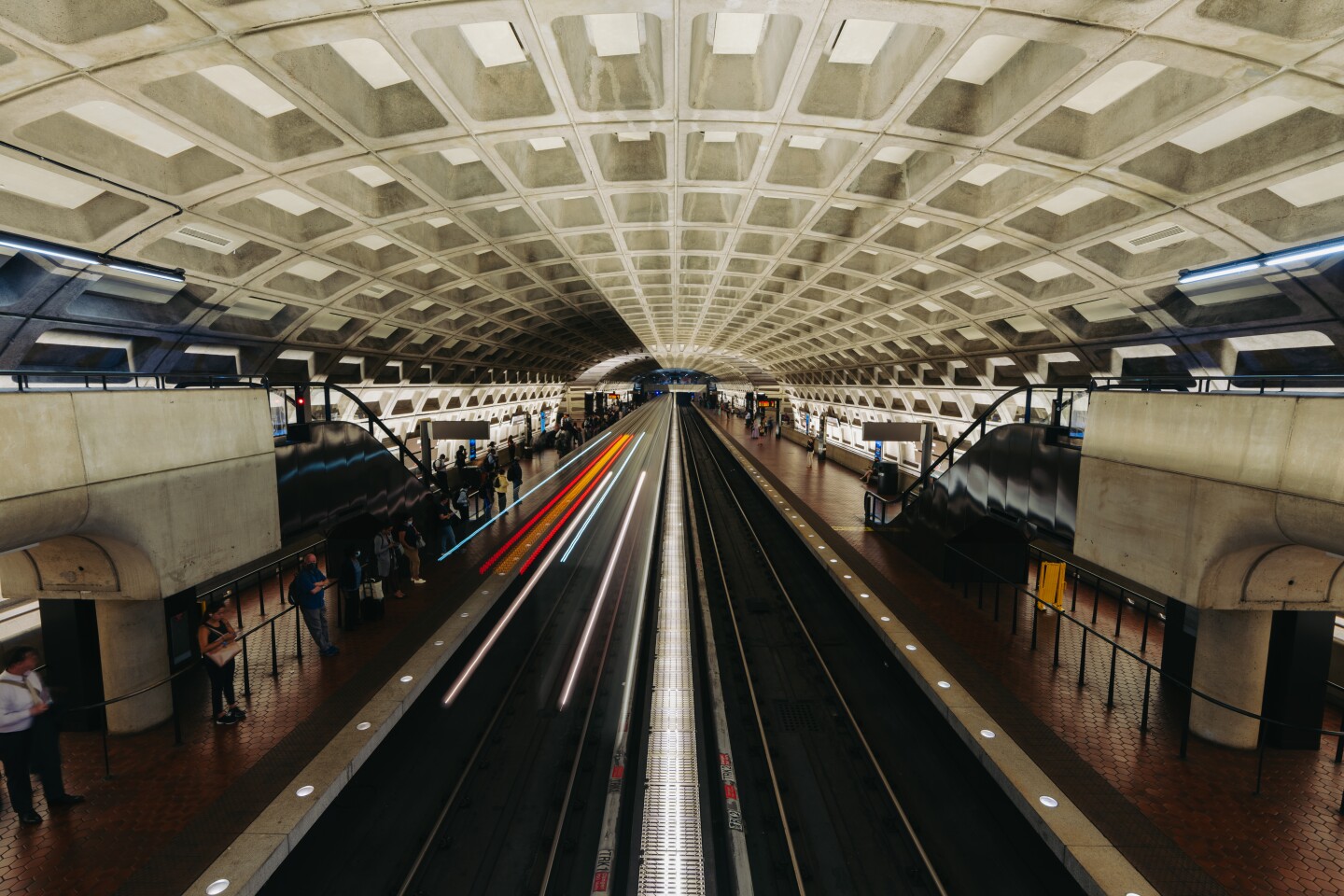If you’re searching for an accessible travel destination, look no further than Washington, D.C. In addition to being one of the country’s most exciting cities historically and culturally, the capital strives to be one of the easiest to navigate for disabled travelers. Many of Washington, D.C.’s most popular tourist attractions, including iconic monuments like the Lincoln Memorial and the world-class Smithsonian museums, offer outstanding accessibility services to those who need them.
The Smithsonian helps all visitors feel welcome

The National Museum of Natural History
Courtesy of washington.org
As the world’s largest museum, education, and research complex, the Smithsonian Institution is known worldwide for its collection of treasures. Another notable trait is the outstanding accessibility of its 17 museums and National Zoo.
Visitors will find tactile elements throughout the Smithsonian’s spaces, open captioning on all exhibition videos, and assistive listening devices on request. Individual museums can arrange tactile and visual description tours if contacted in advance. Access services for public programs, such as real-time captioning and sign language interpretation, are also available at most locations.
The Smithsonian also considers the needs of mobility-impaired visitors—all museums offer at least one disabled entrance and elevator. Additionally, manual wheelchairs are free at all Smithsonian museums and the National Zoo on a first-come, first-serve basis, and all visitors are welcome to use their own mobility devices. It’s all part of the Smithsonian’s commitment to creating inclusive museum facilities, programs, and services to aid in all visitors feeling valued and welcomed.
Prioritizing accessibility on the National Mall
Accessibility is also a matter of great importance for the National Park Service (NPS), which oversees the nearly 310-acre National Mall anchored by the awe-inspiring Lincoln Memorial on one end and dome-crowned U.S. Capitol at the other.
NPS provides braille brochures of each memorial free of charge to onsite visitors or at any information kiosk. American Sign Language interpretation is also offered upon request at no cost. Closed captioning is available for the educational films played in the Lincoln and Thomas Jefferson Memorials and Washington Monument.
Additionally, the interior of the white obelisk that is the Washington Monument is fully accessible for visitors in wheelchairs, as are the Lincoln and Jefferson Memorial interiors. NPS also provides free wheelchair services at these monuments, as well as at the Vietnam Veterans Memorial, the Korean War Veterans Memorial, and others.

The WWII Memorial
Courtesy of washington.org
And for those who need parking, there’s permit-only, accessible parking at the Franklin Delano Roosevelt and National World War II Memorials and near the Washington Monument and the Jefferson, Lincoln, Korean War Veterans, and Vietnam Veterans Memorials. These options help define the commitment that NPS has to constantly improving accessibility to ensure absolutely everyone can enjoy the National Mall.
The entire city keeps disabled visitors in mind

Metro Center Station
Courtesy of washington.org
While the famous museums and monuments are Washington, D.C.’s biggest attractions, it offers so much more, including historic neighborhoods, legendary restaurants, and celebrated cultural attractions. Fortunately, the D.C. Department of Motor Vehicles recognizes disability tags from other states, ensuring on-street parking is available to everyone with disabilities, including visitors. Pro tip: Those with disability tags can park in any space designated for a disabled person or park for twice the posted time in any metered spaces except where indicated.
For those who opt for public transportation, the Metro is one of the most accessible in the world and makes it easy to move around the District. Those with a reduced-fare disability card from another agency or a Medicare card may qualify for reduced fares. All trains are accessible and have gap reducers to ease boarding for passengers in wheelchairs. In addition, all stations feature elevators, oversize fare gates, and flashing lights to alert riders that a train is on the way. Some stations also have bumpy tiles at the platform edge to increase safety.
As for the Metro buses, all can kneel and have lifts or low ramps. Plus, for people with a disability that prevents them from using the rail system, Metro also offers a door-to-door service called MetroAccess.
Washington, D.C. is a city ready to welcome all types of visitors and offers a wide range of accessible transportation options and attractions. Enjoy eminent museums, reflect on U.S. history at the renowned monuments, and explore the city’s vibrant neighborhoods as part of the unforgettable travel experience Washington, D.C. can provide for everyone.
Visit washington.org to start planning your trip.











